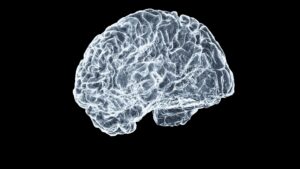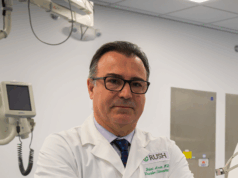 A retrospective evaluation has found that more than a third of old strokes discovered via head computed tomography (CT) imaging are “unknown” to both patients and physicians. Capturing these data, the study authors hope to better pinpoint opportunities for secondary prevention.
A retrospective evaluation has found that more than a third of old strokes discovered via head computed tomography (CT) imaging are “unknown” to both patients and physicians. Capturing these data, the study authors hope to better pinpoint opportunities for secondary prevention.
The analysis—which was recently published in the Journal of the American College of Radiology (JACR)—was led by Carys L Kenny-Howell (Yale School of Medicine, New Haven, USA) et al. They write that the incidental discovery of previously unknown strokes through neuroimaging provides an opportunity to implement additional prevention measures which can reduce the risk of recurrent stroke by up to 80%.
“Secondary prevention could benefit 100,000–200,000 patients per year in the USA, based on trends in emergency department care,” the authors detail. In conducting their retrospective analysis, Kenny-Howell and colleagues included all adult patients (≥18 years) who had received head CT imaging at three emergency departments between July and December 2023. Old strokes on CT imaging were categorised as ‘previously known’ or ‘unknown’. Patient and imaging factors associated with unknown strokes were assessed via univariable regression, multivariable regression, and decision tree analysis.
Kenny-Howell et al identified 21,985 head CT cases. A total of 869 (4%) examinations demonstrated an old stroke (mean age, 74.4 years±14), of which 372 (43%; 1.7% of all CTs) were unknown. Through univariable analysis, they found that unknown strokes were associated with greater age (odds ratio [OR], 1.03; 95% confidence interval [CI]: 1.02–1.04; p<0.001), a single site of old stroke (OR, 2.7; 95% CI: 2.06–3.58; p<0.001), smaller strokes (OR, 1.8, 95% CI: 1.6–2, p<0.001) as well as gangliocapsular (OR, 2.8; 95% CI: 1.9–4; p<0.001) and cerebellar location (OR, 2.1; 95% CI: 1.4–3.2; p< 0.001).
Speaking to Interventional News on behalf of their research team, Long H Tu (Yale School of Medicine, New Haven, USA) commented: “We were surprised at how prevalent unknown strokes were, and the relatively large proportion among all old strokes in our study. This emphasised to us the importance of calling attention to these findings which radiologists often consider non-actionable or not significant because they are chronic. There seems to be an opportunity to improve care and secondary prevention for a lot of patients.”










